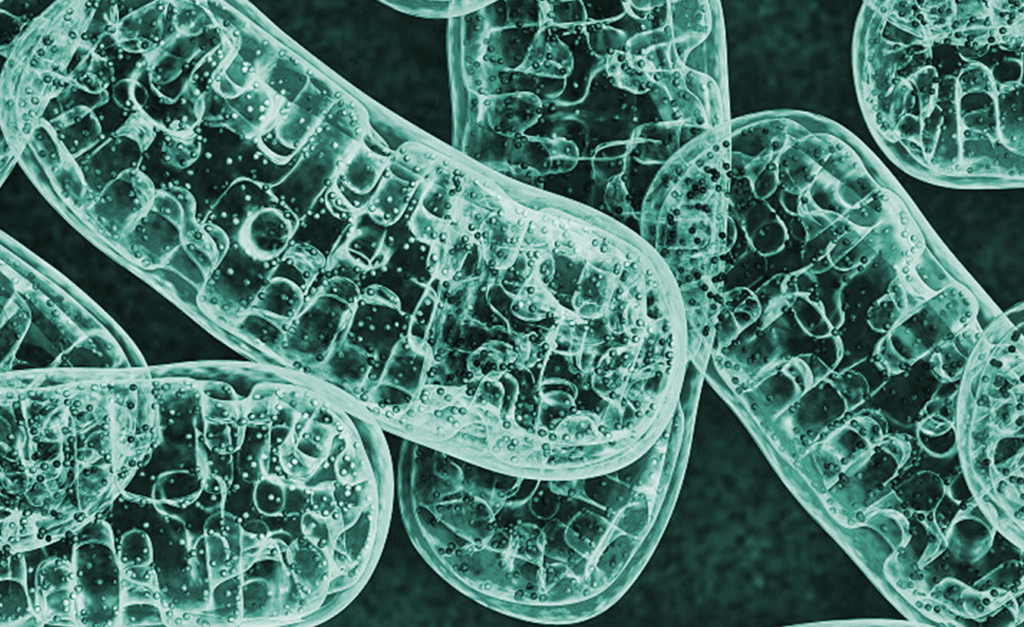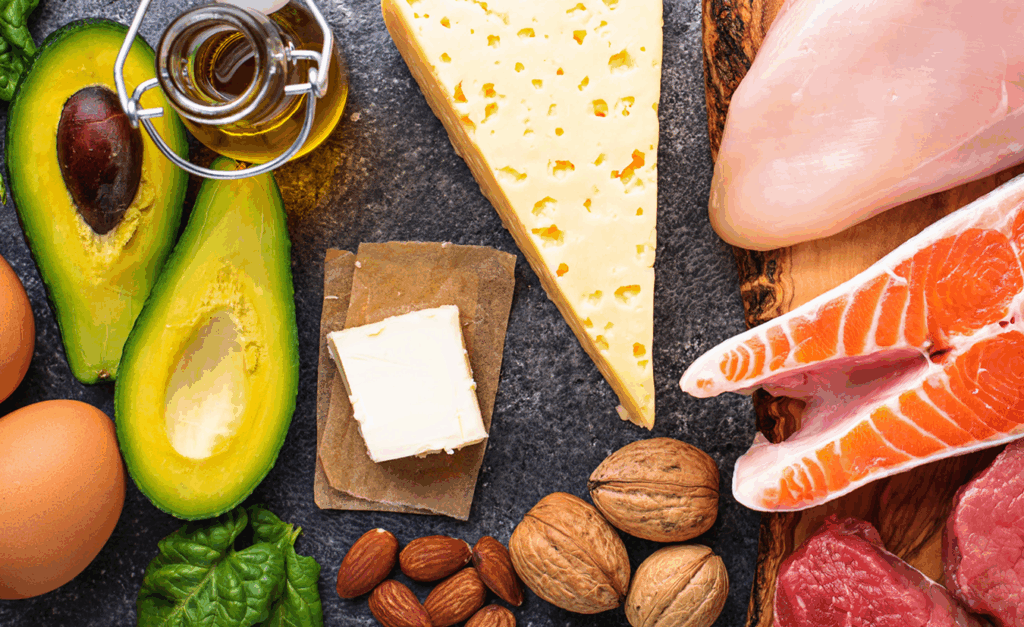
Food Addiction
Ultra-Processed Foods and Beverages: An Addiction Epidemic?
Rates of Diet-Related Disease in America
Since the 1980s, diet-related diseases in the U.S. have risen sharply. Diabetes rates have doubled (1), and moderate-to-high-risk obesity has tripled in adults (2). In children, the rise is even more alarming. Type II diabetes, once rare in children, is now projected to quadruple in 40 years (3). Rates of 17 out of 34 cancers are increasing, particularly those linked to obesity and diet, such as colorectal cancer (4). Poor diet also impacts workforce productivity, healthcare costs, and military readiness (5,6). We are now one of the sickest countries in the world due in large part to what is in our food supply.
The Role of Tobacco Companies in the Modern Food Environment
The shift in the American diet is partly due to changes in the food industry. In the 1970s and 1980s, tobacco giants RJ Reynolds and Philip Morris acquired major food and beverage companies, including Kraft and General Foods (7,8). These corporations applied their expertise in marketing and product design to processed foods, using strategies previously employed to sell cigarettes (7,8). Internal documents show they introduced flavor additives into sugary children’s drinks and implemented marketing strategies targeting youth (7,8). Even after divesting from food companies, the tobacco industry’s influence persisted. Studies show that from 1988 to 2001, tobacco-owned food companies produced more hyper-palatable foods than their competitors (9). By 2018, the rest of the industry had caught up, making ultra-processed foods the dominant force in the American diet(9).
The Rise of Ultra-Processed Foods and Beverages
Ultra-processed foods (UPFs) are industrial formulations made by breaking down whole foods and recombining them with additives, sugars, fats, and salt (10,11). Examples include candy, soda, instant noodles, frozen pizza, and salty snacks. These products often lack essential nutrients and are engineered for maximum palatability, stimulating reward signals while dulling satiety cues (10,12). Their convenience, shelf stability, and taste make them appealing, contributing to their widespread consumption (13-15).
The rise of UPFs has displaced healthier, minimally processed foods. Today, 57% of American adults’ calories come from UPFs, and for children, the figure is even higher—rising from 61% to 67% between 1999 and 2018 (11). This estimate is even higher for youth. From 1999 to 2018, a global team of epidemiologists found that the percentage of energy consumed from ultra-processed products increased from 61.4% to 67.0% in children 2 to 19 years old (16). Rural and economically disadvantaged communities, more likely to be food deserts, have limited access to fresh food but an overabundance of UPFs (17,18). Food insecurity further exacerbates the issue, as individuals relying on the Supplemental Nutrition Assistance Program (SNAP) are disproportionately targeted with unhealthy food marketing (19). Consequently, these factors make maintaining a healthy diet particularly challenging for these populations.
Health Consequences of Ultra-Processed Foods
Research links high UPF consumption to numerous health issues, including obesity, heart disease, diabetes, anxiety, depression, and cognitive decline (20) (21-24). A National Institutes of Health study found that consuming a UPF-rich diet led to an increased daily intake of 500 calories and a two-pound weight gain in just two weeks, despite calorie-matched meals (25). The pervasive presence of UPFs in the diet presents a critical public health concern.
Ultra-Processed Foods and Addiction
UPFs share characteristics with addictive substances. Like alcohol and nicotine, UPFs deliver unnaturally high doses of reinforcing ingredients (refined carbohydrates and fats) that rapidly activate the brain’s reward system (26). Research demonstrates that sugar and fat combinations—rare in nature but common in UPFs—have a supra-additive effect on neural reward pathways, similar in magnitude to nicotine and alcohol (27). Additionally, food additives enhance taste and texture, further driving consumption (14,15).
Many individuals exhibit addictive behaviors with UPFs, including loss of control, cravings, and continued consumption despite negative health consequences. The Yale Food Addiction Scale, a validated tool with over 1,000 citations, has been used to assess UPF addiction (28). Studies show that 14% of adults—comparable to rates of alcohol and tobacco use disorders—meet criteria for UPF addiction (28), with prevalence doubling in individuals with obesity (28). UPF addiction is also linked to a fivefold increased risk of Type 2 diabetes (29). Below is a quote from a participant who was interviewed for a research study about their experience with ultra-processed food addiction.
“I can’t even be in the same vicinity as [a donut store] or any type of donuts, ’cause I will finish a dozen all by myself and I’m type 2 diabetic. So, that could kill me, and I know that and I know that I shouldn’t be eating all those. I shouldn’t be eating one, let alone a whole dozen. But for some reason I just can’t stop eating them.” (30)
Among children, the estimated prevalence of UPF addiction is 12%, exceeding other substance addictions at this stage of development (31). This is especially problematic, as children’s brains are more malleable and vulnerable to the negative impact of addictive substances that can last a lifetime(32).
Policy Solutions to Address Ultra-Processed Food Consumption
Comprehensive strategies are needed to curb excessive UPF intake and improve public health. Lessons from addiction epidemics suggest that multi-pronged approaches are most effective. Potential policy solutions include:
- Procurement: Government-funded programs, including schools and the military, purchase huge quantities of food. If the government restricted purchases to unprocessed or minimally processed foods this would have a tremendous impact on market pressures. Some countries are already doing this. For example, Brazil requires that the majority of food sold in their schools be unprocessed or minimally processed food.
- Closing the Generally Recognized as Safe (GRAS) loophole at the FDA: Additives can play a major role in amplifying the addictive potential of substances. For example, flavor enhancers in cigarettes (like menthol, sugar, and artificial flavors) make them more addictive and harder to quit. Additives used in cigarettes are also to enhance UPFs. Closing the GRAS loophole at the FDA would make it harder for harmful additives to be prominent in the American food supply (especially those that have been outlawed in other countries).
- Taxes: Countries worldwide are implementing taxes on unhealthy foods and beverages and encouraging reformulation to reduce harmful ingredients. The funds raised can be used to make real, nourishing food more accessible and affordable.
- Front-of-Package and Warning Labeling: Nutritional warning and addiction warning labels help consumers make informed choices. Further, many unhealthy products aimed at children use misleading health claims, necessitating stricter regulations.
- Marketing Restrictions: Many nations restrict the marketing of unhealthy foods to children. With the rise of social media, policies must also address influencer-driven food marketing to children.
- Counter-Marketing: Public health campaigns have played an important role in shifting public opinion away from unhealthy products. The Truth Campaign, which focused on how the industry engineered cigarettes to be addictive and then targeted children, was particularly effective in preventing a new generation of smokers from starting. Similar counter-marketing campaigns for UPFs could be created. Using social media to get these messages to children and adolescents to counter industry marketing could be particularly impactful.
- Improving Food Access: Expanding access to affordable, minimally processed foods is essential. Many economically disadvantaged Americans face time constraints and financial barriers that drive reliance on UPFs. Initiatives like “Food as Medicine” are likely to play a key role in this effort.
- Require the Food Industry to be more Transparent: The companies making UPFs spend millions of dollars to engineer their products to hit “bliss points”, maximize craveability, and increase the desire to eat more and more. Yet, this information stays locked away from the American public. Requiring greater transparency about how UPFs are industrially created would help Americans make informed decisions about their and their children’s health.
- Incentivize the Companies that are Making America Healthy: It is possible for food companies to make healthy food and beverages while still making a profit. Identifying and rewarding these companies (including food manufactures, groceries, and retail stories) would provide a powerful incentive for change.
- Structural Changes: Many states have specific rules about where unhealthy products can be displayed. For example, Tennessee requires that alcohol can be sold in grocery stores, but it must be kept in clearly defined areas separate from groceries. Right now groceries are predominantly selling UPFs (not real food). Requiring that nutrient-poor UPFs be separated into a distinct section in the grocery store or other retail environments would help Americans make healthy choices.
- Investment in Research: Further studies are needed to understand the health effects of UPFs and develop effective interventions.
- Prevention Efforts: Early interventions, particularly for youth, can shape lifelong healthy eating habits. Prevention is more cost-effective than treatment and should be a priority.
Eating is a fundamental part of life, yet the modern food environment has been engineered to prioritize profit over public health. Addictive UPFs dominate store shelves, advertising, and daily food choices, contributing to rising rates of chronic disease. Many UPFs have more in common with cigarettes and alcohol than real food like fruits and vegetables. The burden of these health consequences falls on individuals and society, while food companies continue to profit. To safeguard the well-being of all Americans, systemic changes are necessary to create a healthier food landscape.
Dr. Ashley Gearhardt, a Professor of Psychology at the University of Michigan, adds new vision to our understanding of food addiction through research on ultra-processed foods, developing the Yale Food Addiction Scale, and demonstrating compelling biological and behavioral evidence that certain foods can be as addictive as cigarettes or alcohol.
Article Reference: Food Addiction – References





